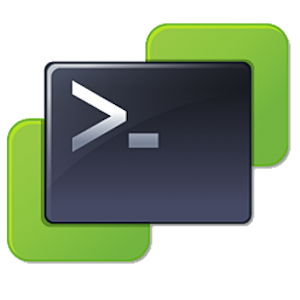Tag : VMware

Written by Christopher Lewis on July 29, 2016 .
In this post we will review how we can use the Platform Services Control (PSC) as an identity source for vRealize Automation 6.x
VMware Platform Services Controller vRealize Automation vSphere

Written by Christopher Lewis on July 25, 2016 .
In this post we will learn how to automate the installation of an External Platform Services Controller in VMware vSphere 6.x using PowerCLI
Platform Services Controller PowerCLI PowerShell PSC VMware vSphere

Written by Christopher Lewis on July 3, 2016 .
In this post we will work through a way to automate the delivery of the vSphere Platform Services Controller using PowerCLI/Powershell
Platform Services Controller PowerCLI PowerShell PSC VMware vSphere

Written by Christopher Lewis on May 23, 2016 .
In this post we will walk through the installation of a VMware vSphere 6.0 Platform Services Controller (PSC).
HOWTO: Monitor a Process in Linux using vRealize Operations - Endpoint Operation Management - Part 4

Written by Christopher Lewis on April 21, 2016 .
This is Part 4 of a series on Monitoring Processes in Linux using VMware vRealize Operations Endpoint Operations Management (EPOPS). In this post we will walk though how to identify the correct value for the process.query.
Endpoint Operations Management EPOPS Linux VMware vRealize Operations

Written by Christopher Lewis on April 21, 2016 .
In this post we will walkthrough how to install the Endpoint Operations Management (EPOPS) agent on a Linux (RPM) Operating System.
Endpoint Operations Management EPOPS Linux VMware vRealize Operations
HOWTO: Monitor a Process in Linux using vRealize Operations - Endpoint Operation Management - Part 3

Written by Christopher Lewis on April 20, 2016 .
This is Part 3 of a series on Monitoring Processes in Linux using VMware vRealize Operations Endpoint Operations Management. In this post we configure Object Relationships
Endpoint Operations Management EPOPS Linux VMware vRealize Operations
HOWTO: Monitor a Process in Linux using vRealize Operations - Endpoint Operation Management - Part 2

Written by Christopher Lewis on April 20, 2016 .
This is Part 2 of a series on Monitoring Processes in Linux using VMware vRealize Operations Endpoint Operations Management. In this post we look at how to create a MultiProcessor Object using Inventory Explorer
Endpoint Operations Management EPOPS Linux VMware vRealize Operations
HOWTO: Monitor a Process in Linux using vRealize Operations - Endpoint Operation Management - Part 1

Written by Christopher Lewis on April 20, 2016 .
This is Part 1 of a series on Monitoring Processes in Linux using VMware vRealize Operations Endpoint Operations Management.
Endpoint Operations Management EPOPS Linux VMware vRealize Operations
